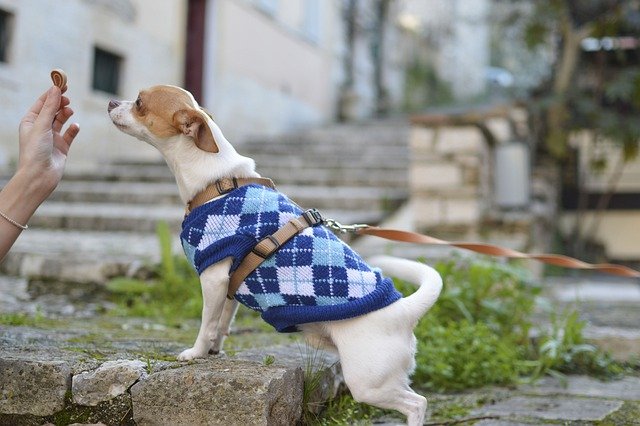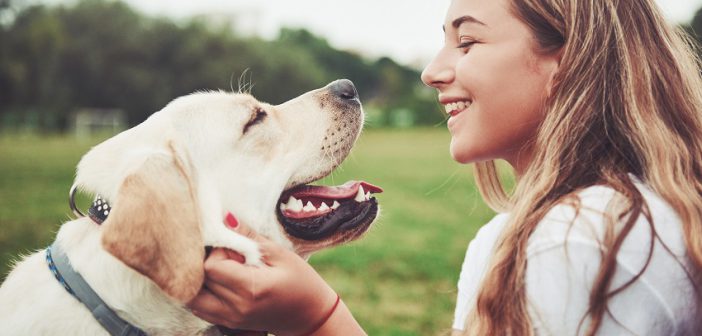People seem to adore chubby cats and dogs, but that admiration may be short-lived. That’s because these fluffy round pets have an increased risk of compromised well-being. According to reports, 59% of pets are obese, while 18% have crossed the overweight mark. This is quite unfortunate, and things could get worse if there’s no change. So, if you have one of such on your hands, here are some reasons your pet continues to gain weight.
- Portion size

Indeed, excessive food consumption means the body is taking in more than necessary. As a result, fat storage increases, and the weight gain begins to show. This is a cause for concern because, over time, fat cells grow around organs like the heart, kidneys, and liver. The ripple effect on your pet is a lack of interest in physical activity. Instinctively, these pets know that their bodies would have to work as hard to stay active. Additionally, your pet’s respiratory system could also suffer because of this.
So how can you tell if your pet is being overfed? It’s critical to monitor their portion size as well as how often they are being fed. According to the petpedia.co website, households with more than two occupants often overfeed their pets. This is due to the number of treats each household member offers their animal companion. If this is the situation in your house, it would be advisable to create a feeding schedule for your pet. For instance, mark every time your pet is fed in a day. Whether it is a meal or a treat, it helps to know how much they have eaten in 24 hours.
- A diet too high in carbohydrates
Unlimited amounts of complex carbs can cause excessive weight gain in your pets. Research has proven that a consistently high carbohydrate diet will begin to show on your pet’s body in eight weeks. Dogs are fed more carbs because of the assumption that they need more physical activity. But even though these nutrients provide energy for the body and other internal organ functions, too much can be detrimental to overall pet wellbeing.
Did you know that carbs convert into fat in the body? This is how it works. First, after your pet consumes a carbohydrate-rich meal, internal processes immediately break it down into glucose. After this stage, any excess glucose is stored in the liver as fat cells via insulin. When your pet is consistently served with excess carbs, a lot of pressure is put on their insulin production. If that is triggered, the result is increased hunger and more fat stores. This is why it is recommended to vary your pet’s diet. A balanced diet will ensure they aren’t receiving too much of one nutrient. For more information on healthy and varied diets, check resources like Freshpet reviews for what is best.
- The impact of aging
Have you ever wondered why aging dogs and cats put on weight quicker? It is due to the loss of muscle mass, a condition known as sarcopenia. Aging causes slower metabolism, and weight gain becomes inevitable due to the reduction in muscle mass. Coupled with reduced physical activity, your aging pet may be at an increased risk of gaining unhealthy kilos. Undoubtedly, the aging process cannot be stopped.
However, you can take measures to reduce your pet’s risks of putting on more weight than they should. A regular vet visit is one way to ensure this. Another measure is to increase your focus on your aging pet’s activity levels. Older pets require specific diets to aid their slowing metabolism. When you do this, you can keep excess weight gain at bay.


 e Credit
e Credit


fantastic knowledge in this post
Hi, Thanks a lot for sharing. I read Your blog It’s very interesting for those who interested in this type of category blog And I am happy to read this blog. Thanks again to shear this blog It’s very informative information to all the users. I will shear your blog with my friends.